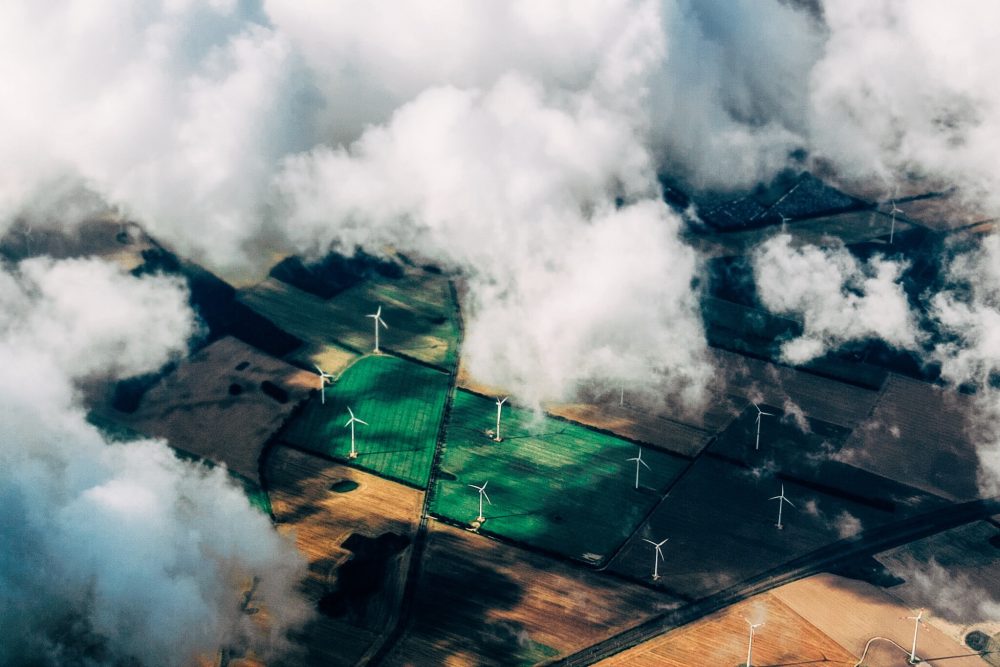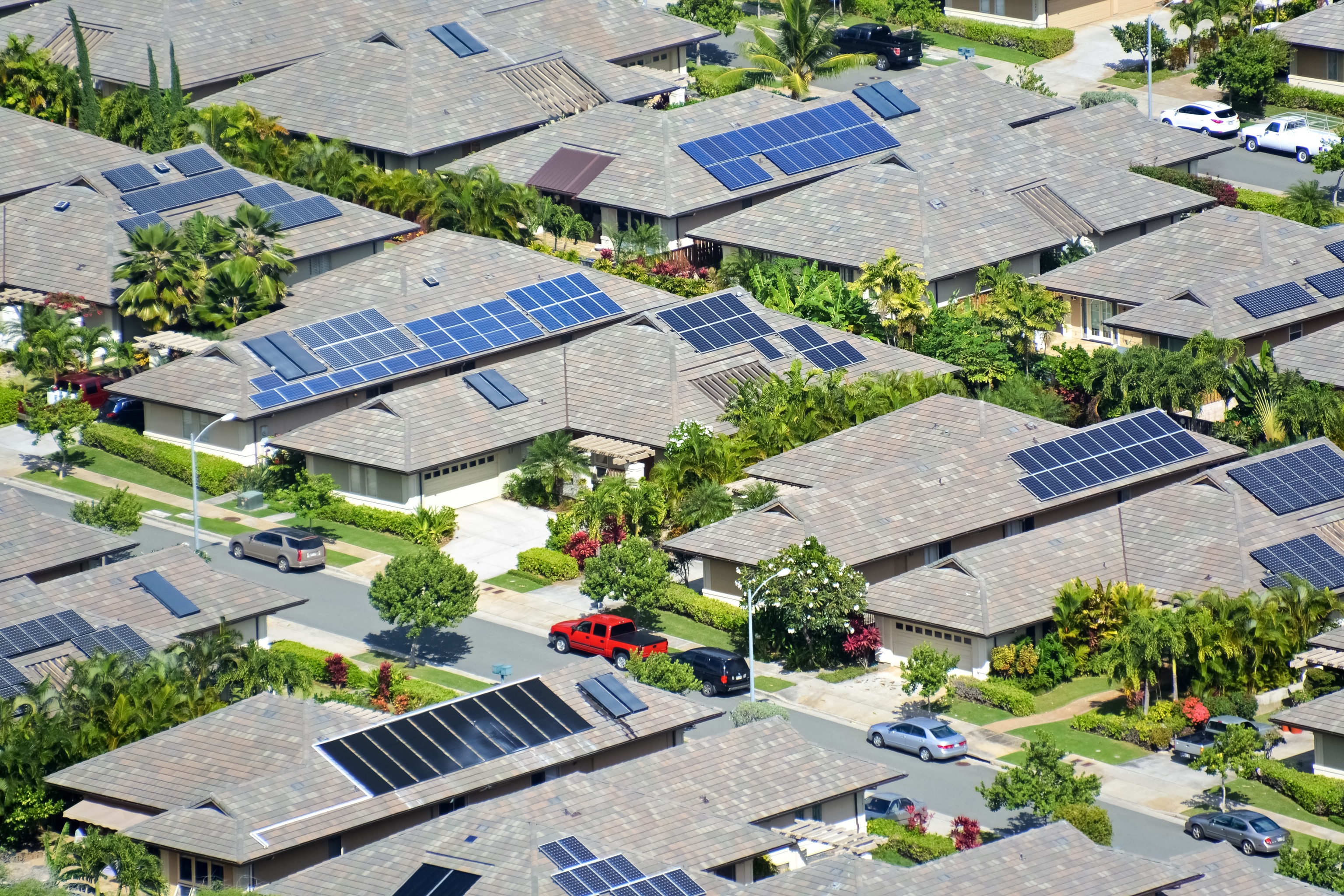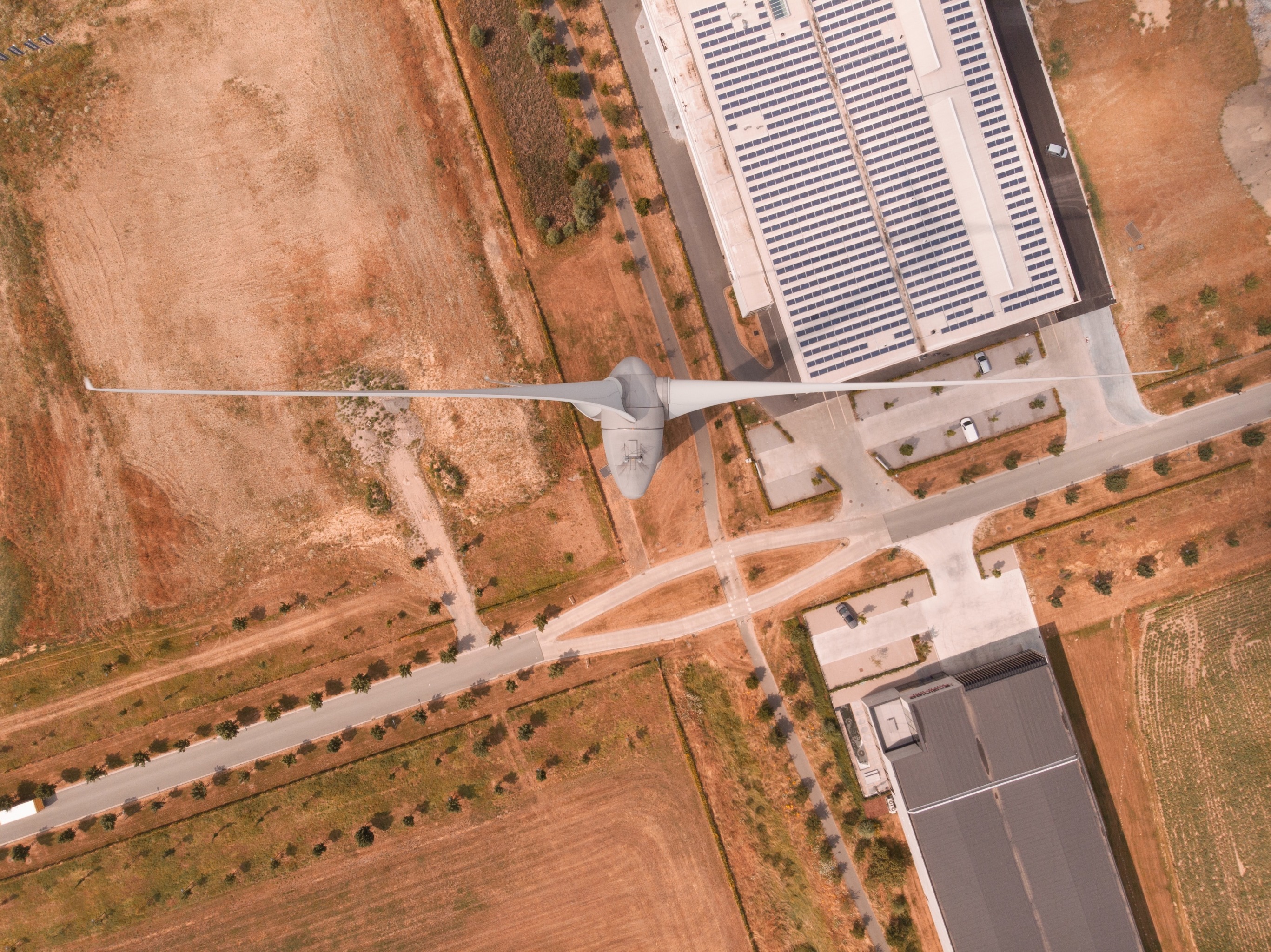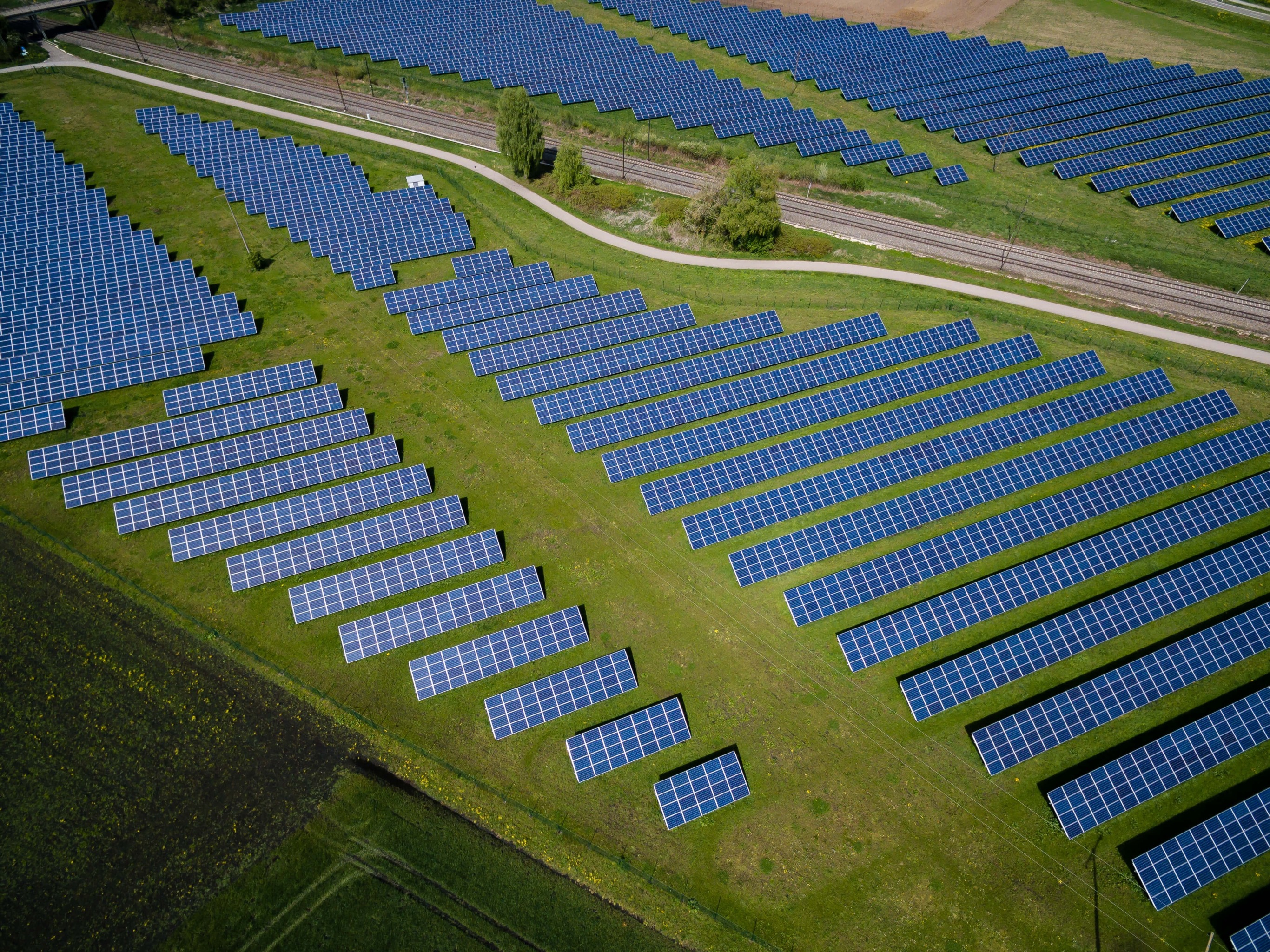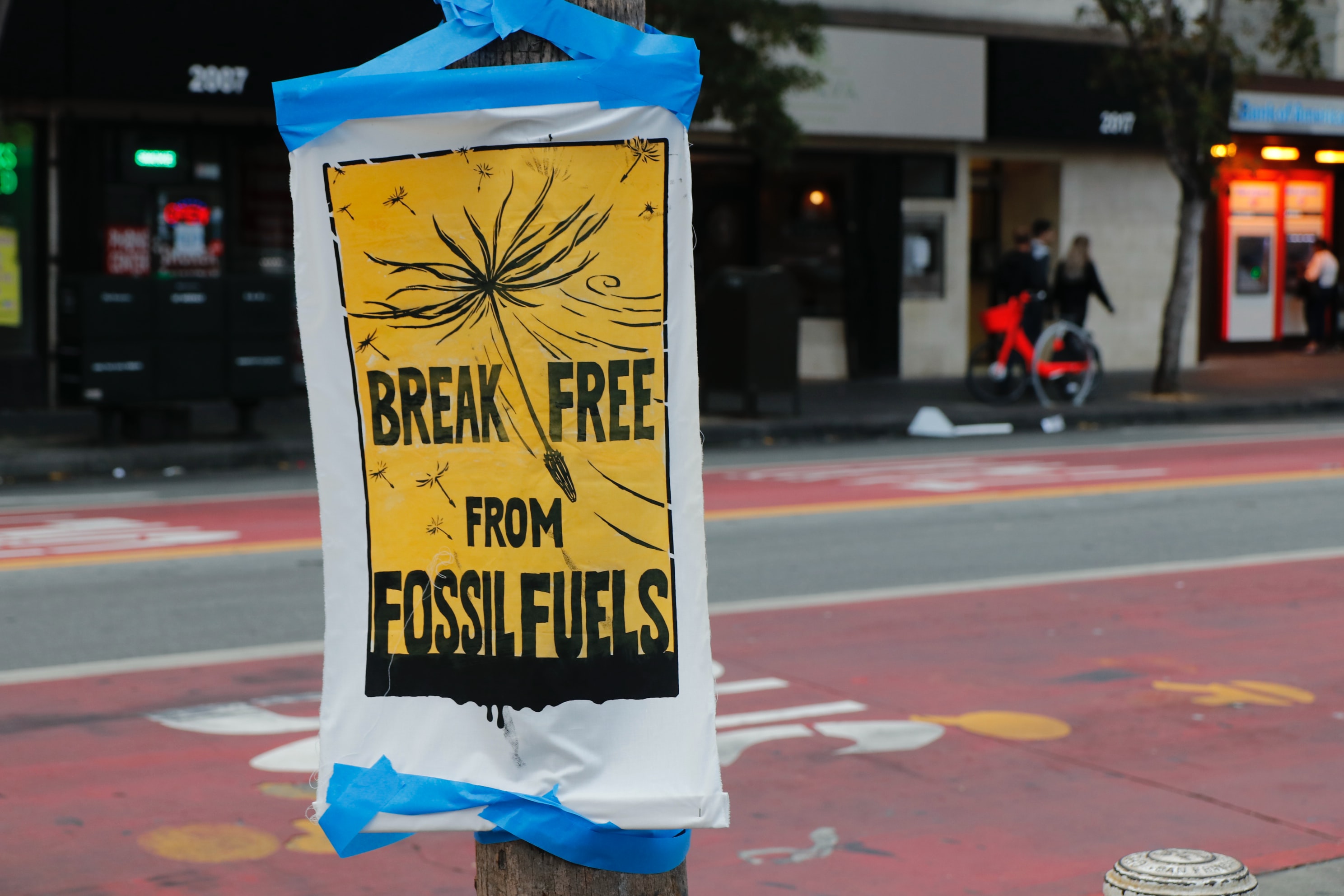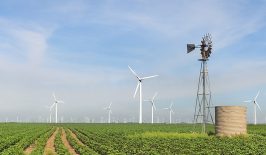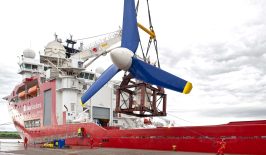It is clear that if we want to prolong our planet’s habitability, we need to significantly reduce our dependence on fossil fuels. Events like the war in Ukraine have only added another dimension to the urgency. Getting there requires the rapid expansion of renewable energy production, which, despite encouraging progress, cannot solely be a centralised effort. It is not enough to rely on large-scale, faraway wind or solar farms to power our grids. An energy transition on the scale we need requires that citizens, municipalities, and small and medium-sized enterprises take on the role of suppliers. Like farm-to-table, except for power instead of food.
Step 1: We must become energy prosumers
Individually and as communities, we must simultaneously consume and produce energy, a shift made possible, in part, thanks to the potential of networked energy systems and increased retail access to renewable power sources like wind and solar. “The switch to renewables feeds on energy sources that are available in every village, municipality, hill, field, and lake in our country,” states a report by GermanZero, a group which aims to accelerate global climate neutrality. “[Citizens] should be encouraged to not only produce electricity for their own use but also to join together as local producer associations to provide for tenant communities, entire residential quarters, or commercial areas.” And while we’d love to believe the climate emergency can be solved by collective goodwill alone, the truth is, we really do need encouragement, if not financial incentive. More on that a little further down.
Challenges facing a citizen-driven energy transition
More than a decade ago, the Institute for Local Self-Reliance pointed out that, “With new rules, we can unlock the potential of distributed generation and the potential of people to power the clean energy future.” In 2019 came the European Clean Energy Package, which introduced a framework for prosumership. As an analysis of the package states, “the transposition of these comprehensive rules – in particular those on energy communities – requires developing, implementing and rolling out business models that broaden the capital participation of consumers in all 28 Member States while permitting co-investments of different types of actors.”
But how quickly will these business models be developed? How easily can they be adopted? Can they compete with those of large energy corporations? Are they inclusive? The answer to these questions isn’t clear. As the researchers acknowledge, “geographic, technological, demographic, and cultural diversity … lead to complexities that prohibit one-size-fits-all solutions.” And while the 2019 European Clean Energy Package, with its focus on renewable energy communities, is an important milestone, most regulatory and ownership frameworks implemented remain too complex to empower prosumership.
Finally, prosumer communities face a fundamental challenge that concerns renewable energy as a whole, namely storage. To date, there is no affordable, scalable way to save unused renewable energy for later. This is especially problematic during so-called “dark doldrums” – periods during which there isn’t enough wind or sun to power the grid. Breakthrough innovations in energy storage methods – pumped hydro, thermal, mechanical, battery, hot stones – are required if renewable energy communities are to make it through these periods without tapping into centralised, more easily storable fossil fuel power.
Governments must democratise the energy grid and reward prosumership
The path to closer and cleaner power isn’t going to pave itself and will require support from federal and for-profit forces. In other words, those with money, authority, and expertise. The intent is there: in 2019, the European Union Renewable Energy Directive effectively declared energy prosumership a basic human right. A subsequent report outlined how renewable energy communities (RECs) might be governed.
Most importantly, the directive requires that Member States support renewable energy communities by removing regulatory and administrative barriers, providing access to finance and information, and helping them to compete for support on an equal footing with other market participants. On that front, communities would benefit from various turnkey governance models they could implement according to their particular circumstances, complete with funding and grants. Meanwhile, local entrepreneurs should help communities develop sound business models that would attract further financing from the private sector.
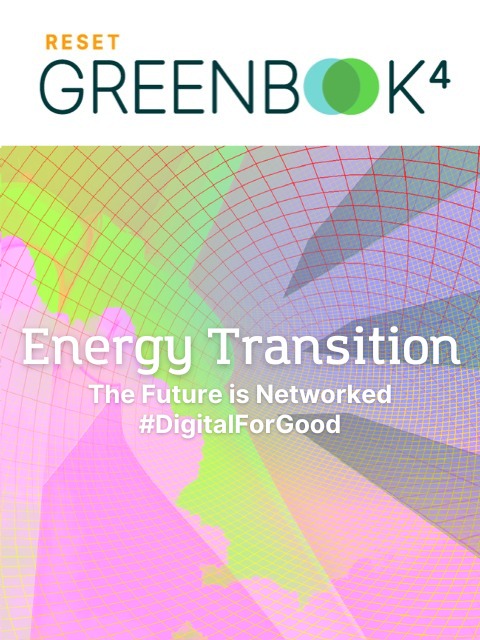
The 1.5 degree target is unattainable without a real transformation of our energy system. But how can it succeed? What are the energy sources of the future? What digital solutions are ready and where are innovations needed? And how can the transformation be driven forward?
The RESET Greenbook “Energy Transition – The Future is Networked” presents digital, innovative solutions and sheds light on the background.
Several renewable energy communities have already demonstrated how various configurations of public governance and private capital can be implemented. On the Scottish Isle of Eigg, a community-owned electric company and coalition of local residents oversee a completely self-sufficient grid of hydro-electric, solar, and wind power; in the Czech village of Hostětín, a biomass heating plant was joint-funded by the state, a Dutch grant, a Czech energy agency, and residents, while a local solar plant was financed by the village plus three foundations; and on the Dutch island of Duurzaam Ameland, a sprawling solar park was founded by the municipality, a local energy cooperative, and a large energy company.
The key to success in such projects is economic value creation on a local level. Communities must be privy to a share of the profits from clean power projects in their vicinity. As the American environmentalist Bill McKibben writes, “We should think of sunlight and wind power as community assets, and make sure that those who exploit them are, at the least, paying a hefty price to communities for the right.” This will increase the willingness of local authorities and the local population to support the construction of renewable energy infrastructure. Indeed, it’s much harder to shout NIMBY when you’re getting paid.
Grassroots activism leads the way
In the absence of urgent government action to empower prosumership – by drafting unbureaucratic regulatory frameworks, for example, or offering financial incentives, or collaborating with the private sector, or shifting to intelligent, networked energy grids – citizens must take matters into their own hands. GermanZero is a fantastic example of this. In February of 2022, the collective, which “combines the expertise of a think tank with the mobilising power of a grassroots movement,” presented to the German government a complete legislative package that might have otherwise taken politicians many more years to introduce. A significant portion is dedicated to inspiring new laws for the rapid transformation of the energy sector, particularly on the local level. The laws are designed to:
- End fossil fuel subsidies
- Eliminate red tape for establishing renewable energy communities
- Encourage regional renewable energy power plants to support community grids
- Promote the storage and distribution of locally produced renewable energy
- Inspire citizen participation and co-design in order to increase acceptance
- Drive down power costs by reducing the electricity tax on locally produced energy
Most importantly, the legislative package is open source, complete with a digital construction kit, so that it can be reproduced, further developed, and distributed in other countries. A fantastic opportunity beckons: soon, the European Union will begin funding and supporting 100 cities aiming for climate neutrality by 2030, 20 years ahead of the EU-wide goal. The program requires cities to develop solutions together with their residents, a process GermanZero will help facilitate in the nine German cities chosen. Presumably, some of the financial support will benefit prosumer projects, a promising step toward GermanZero’s recommendation that citizen energy companies will no longer have to participate in the tendering process for subsidies but will instead be able to claim them with less bureaucratic friction.
In any case, it is imperative that the initiative is successful. As an aforementioned paper on the matter states, “The more successful renewable energy communities are on the new energy markets, the more attractive this new business model becomes to the incumbents, and the more acceptable the governance model, with its emphasis on the prosumer and the active consumer.” If peer pressure’s the catalyst for a citizen-driven energy transition, so be it.
